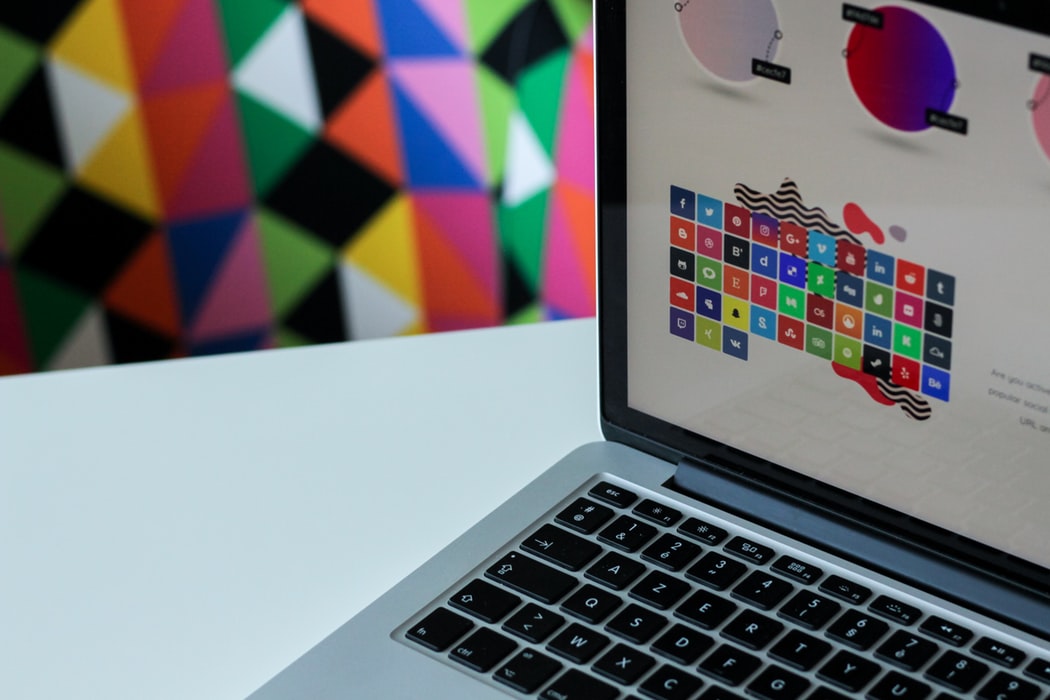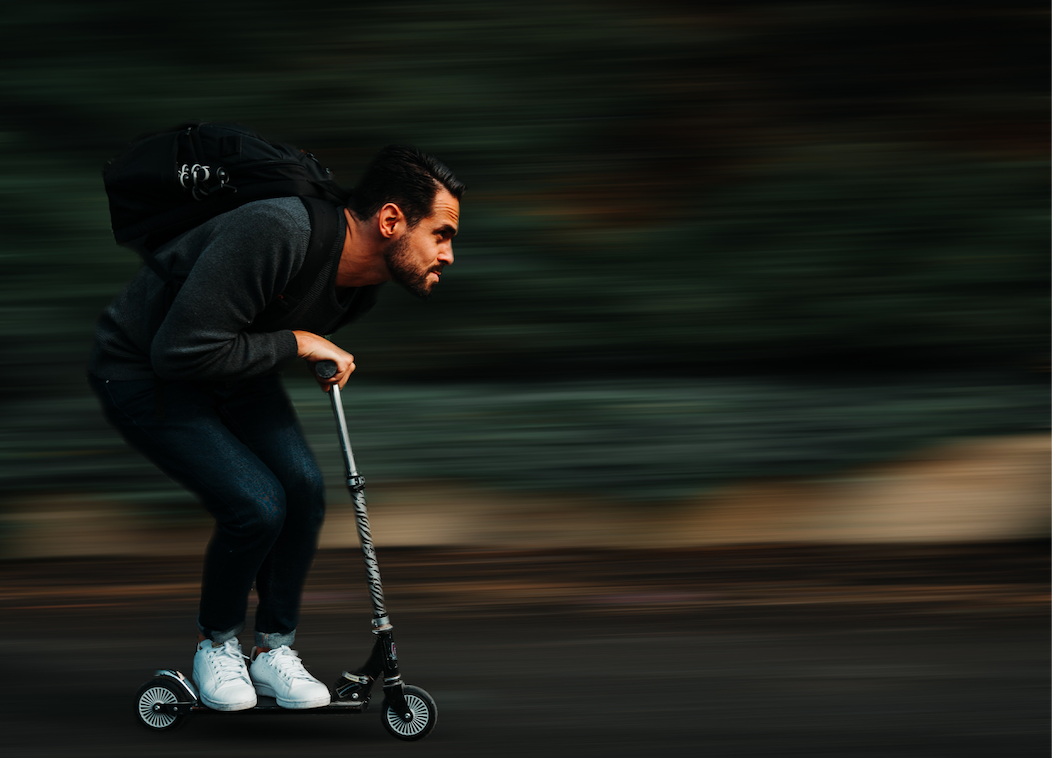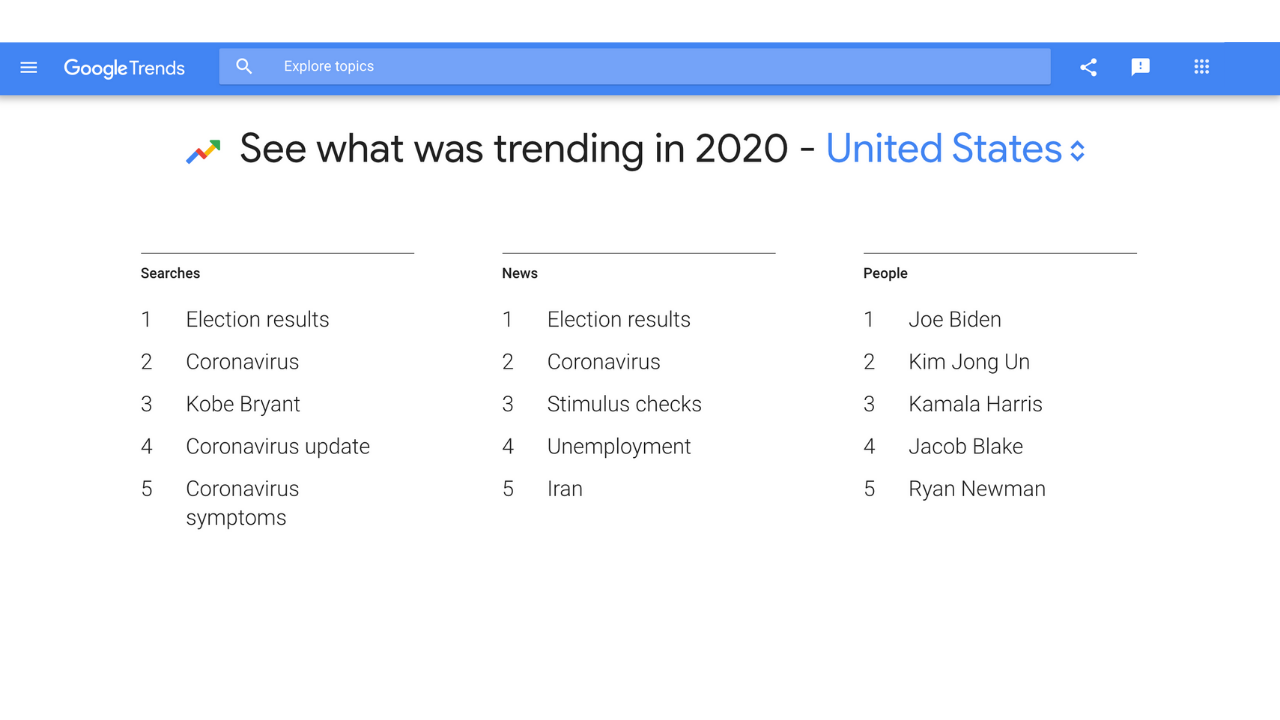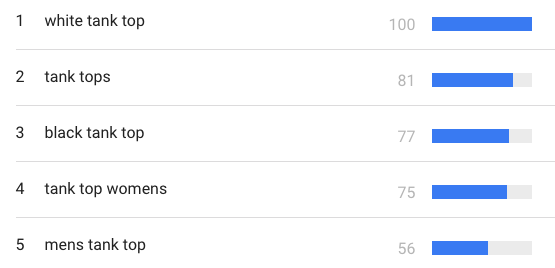Just like unconventional PR and search engine marketing, social and display ads are one of the 19 traction channels recognized by Gabriel Weinberg and Justin Mares in their book Traction. Basically, these are any advertisements you see on social media or around your computer screen as you surf the internet. Chances are, you have already seen multiple social and display ads today. Do you remember any of them? Better yet, did you click on any of them?
As you are deciding to run social and display ads for your own business you want to make sure your ads have the ability to cut through the noise and be remembered (and clicked on) by your potential customers. There are many ways to create an effective ad, but sometimes it can be really challenging to know where to start, and once the ad is created, it can be difficult to know where to go from there. Here are some of the tricks we use to create effective digital advertisements that lead to effective landing pages.

Ad Assets
An effective ad starts with a design that catches the viewer’s attention. Many attractive ads include three main pieces of information: the company’s logo, its value proposition, and a call to action. These three pieces of information help the viewer understand who the ad is from, why it is important to them, and what steps they should take next if they want to participate with the brand. Once you have your logo, value, and call to action figured out it is time to design what the ad will look like to the viewer. If you do not have design skills, we would recommend outsourcing this small project to a graphic designer. While this might be more expensive, in many cases, having an effective and attention-grabbing ad will be worth your spend. Regardless of whether you design the ad or pay a designer to do it, make sure it is the correct dimensions and easy to read right away.

Ad Assets Quick Tips:
- Include a logo, value proposition, and a call to action
- Work with a designer to create an eye-grabbing ad
- Keep it easy to read and nice to look at
- Remember to use the correct dimensions when designing your ad
Landing Pages
Once you create an attractive ad that people want to click on you need somewhere to take them, and a landing page is one great option. The point of your landing page is to supply relevant and desired information to the viewer so they either visit another page of your site, sign up for your email list, make a purchase, or complete whatever your goal may be. In order for your landing page to complete your desired goal, you need to understand your audience and what they are looking for when they visit this page. Try to understand their current emotions, needs and frustrations and play to those within the landing page copy and design. An effective landing page is straight forward, attractive, easy to look at and mobile-friendly. Make sure your landing page supplies the offer or content that the ad that brought them there promised.

Ad Landing Page Tips:
- Really understand your audience
- Keep it straightforward, attractive, and easy to read
- Make it mobile friendly
- Supply relevant and desired information or offers
- Use a low-barrier, relevant call to action
For more information on social and display ads and the other 18 traction channels, check out Pintler Group’s new podcast, Cutting Through The Noise, our YouTube channel and this video.





